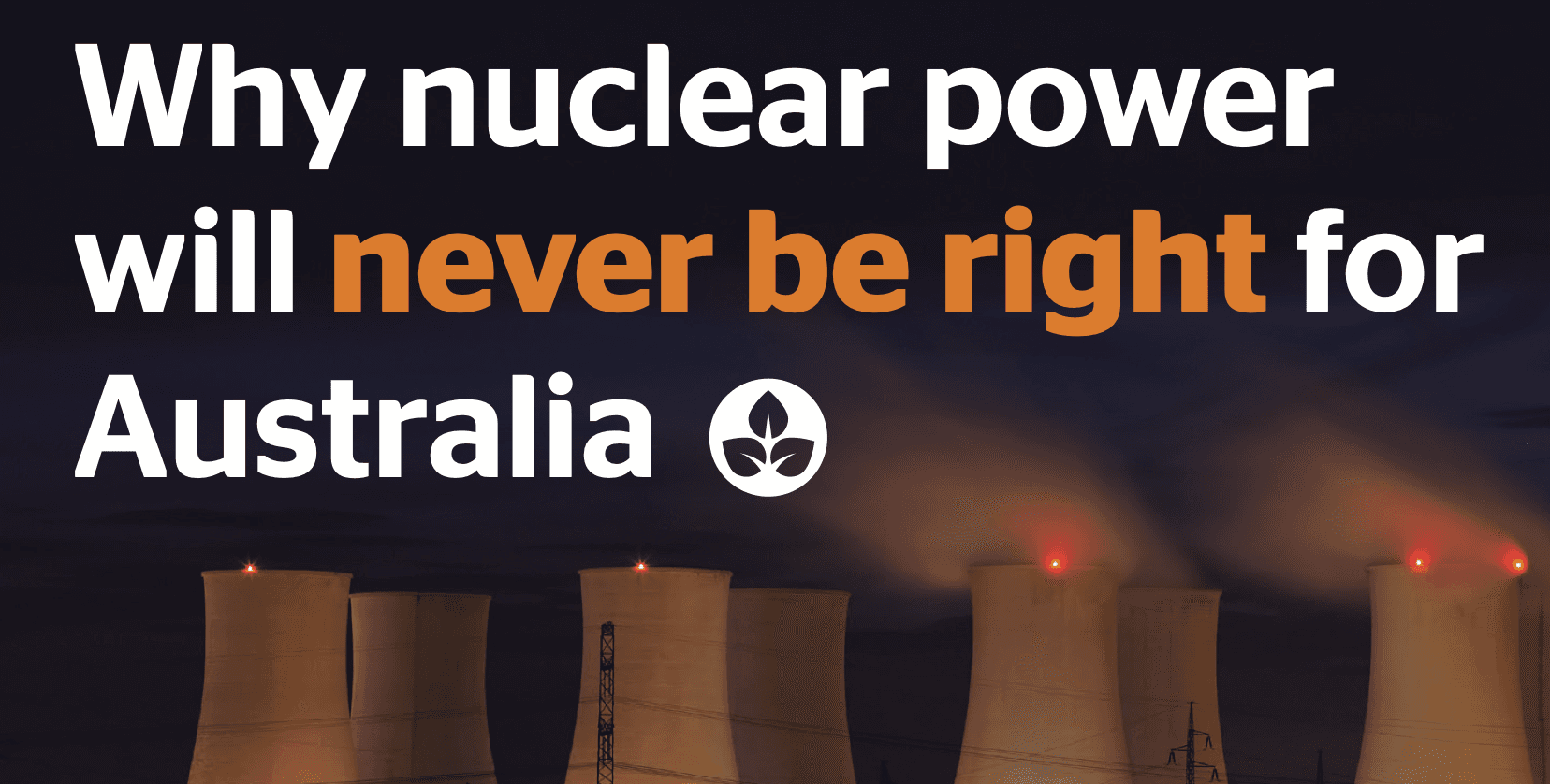Nuclear Power, a hazard under climate chaos conditions.
Climate crisis might jeopardize the safety of nuclear power plants.

Nuclear Power, a hazard under climate chaos conditions.
A nuclear plant, fortunately closed, was inundated, but we may not get so lucky next time.
by Linda Pentz Gunter Beyond Nuclear
The press has routinely been describing the extreme flooding, especially in places such as North Carolina, as “Biblical. But, as my partner and colleague at Beyond Nuclear Paul Gunter points out, it is nothing of the sort. As should be obvious by now, our ever more frequent climatic disasters are entirely human-caused.
Acts of God, whether you are a believer or not, have absolutely nothing to do with it.
Try telling that to our political leaders. No matter who wins in November, we are looking at drilling (Trump) or fracking (Harris) or possibly both. And, of course, more nuclear power!
The fact that all of these will obviously make the climate crisis far worse far faster does not pass these people by. They know it. But they push both fossil and fissile energy anyway, submitting willingly to the bidding of their corporate paymasters who would rather celebrate near-term greed and gain than leave a livable world to their children and grandchildren.
This means we are led by climate criminals who go not only unpunished, but who are routinely re-elected.
The push for license extensions for our aging reactor fleet is particularly heinous. The lapdog nuclear regulator, the US Nuclear Regulatory Commission, has been exposed by the Government Accountability Office in a damning report as entirely uninterested in how the ravages ofthe climate crisis might jeopardize the safety of nuclear power plants.
wrote the GAO. “For example, NRC mostly uses historical data to identify and assess safety risks, rather than data from future climate projections.”
Instead, the NRC is intent on colluding with the nuclear industry to sell us nuclear power as some sort of answer to the climate crisis.
Apart from the fact that nuclear power is too expensive and too slow, as we have argued here countless times, it is actually a hazard under climate chaos conditions. And we got the perfect demonstration of this from Hurricane Helene.
First of all, because of the extreme radiological risks, some nuclear power plants in the path of the hurricane were shut down as a preemptive precaution including Hatch in Georgia. This makes them completely useless in the wake of the storm’s onslaught when people are desperate for electricity.
Then take the case of the Crystal River nuclear power plant on Florida’s Gulf Coast. Floodwaters swamped the site. Fortunately the plant has been shuttered since 2013 but all of the high-level irradiated radioactive fuel waste is still stored there.
read a report filed by plant owner, Duke Energy.
Given the present enthusiasm for extending the licenses of the still operating US nuclear reactor fleet — and they are talking about out to 80 or even 100 years for reactors that were never designed or intended to run that long — Crystal River might easily still have been operating.
Under today’s rush to relicense — and even reopen the country’s most dangerously degraded reactors including Palisades in Michigan — it probably would be.
Did nuclear waste escape as a result of the Crystal River nuclear site flood?
wrote Duke in its report.
In other words, we may never know.
**The implication of a nuclear plant inundated by a massive storm surge does not have to be imagined. **
We saw it at the Fukushima Daiichi nuclear plant in Japan on March 11, 2011, when a 50-foot tsunami swept over the inadequate sea wall and knocked out the backup onsite power after the earlier earthquake had already severed the offsite power connection.
Meanwhile, Crystal River owner Duke is the very same company that is trying to secure a license extension for its three Oconee reactors in South Carolina that sit downstream from not one but two dams!
The three reactors are sited 300 feet below the water level in Lake Jocassee behind Jocassee Dam and five feet below the water level in the immediately adjacent Lake Keowee.
What could possibly go wrong? Nothing, argues Duke, for whom the idea of a dam overtopping or breaking, sending a wall of water directly at the plant — effectively an inland tsunami — just isn’t a credible possibility.
Out of our scope, declares the NRC, which contends it cannot include an assessment of likely climate change impacts on Oconee operations within its environmental review for license renewal.
Beyond Nuclear and the South Carolina chapter of the Sierra Club have been fighting this through legal channels and will continue to do so.
After last week, you might expect such a blinkered view of current — never mind future — climatic conditions to change. But it won’t.
Retrofitting an old nuclear plant to adequately protect it against the impacts of a climate crisis never prepared for, costs money.
**Gambling with hundreds of thousands of lives by doing nothing and keeping it running, doesn’t. **
Until something goes wrong. But then, of course, thanks to the Price-Anderson Act, the hundreds of billions of dollars in costs that could be the consequence of such a risk, will be paid mostly by us, the taxpayers.
Linda Pentz Gunter is the international specialist at and writes for and edits Beyond Nuclear International.
Look for her forthcoming book, Hot Stories. Reflections from a Radioactive World.


